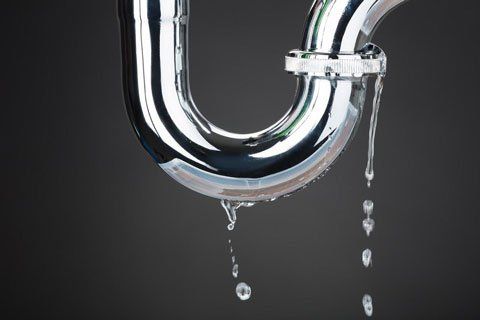Expose Unseen Water Line Leaks: 6 Smart Detection Strategies
Expose Unseen Water Line Leaks: 6 Smart Detection Strategies
Blog Article
Everyone has his or her own piece of advice when it comes to Finding hidden leaks.

Early detection of leaking water lines can mitigate a prospective catastrophe. Some small water leakages might not be noticeable.
1. Take A Look At the Water Meter
Every home has a water meter. Inspecting it is a surefire manner in which assists you find leakages. For beginners, turn off all the water sources. Guarantee no one will certainly purge, utilize the faucet, shower, run the washing maker or dish washer. From there, go to the meter and watch if it will change. Since no person is utilizing it, there ought to be no motions. That suggests a fast-moving leakage if it moves. If you detect no changes, wait a hr or two as well as examine back once more. This implies you might have a slow-moving leak that might even be below ground.
2. Examine Water Intake
If you identify abrupt modifications, despite your consumption being the very same, it indicates that you have leakages in your plumbing system. A sudden spike in your expense indicates a fast-moving leakage.
On the other hand, a constant increase every month, despite the very same practices, reveals you have a sluggish leak that's likewise gradually intensifying. Call a plumber to extensively check your residential or commercial property, specifically if you feel a warm area on your floor with piping beneath.
3. Do a Food Coloring Examination
When it comes to water consumption, 30% comes from commodes. If the shade in some way infiltrates your dish throughout that time without flushing, there's a leak between the container and dish.
4. Asses Exterior Lines
Do not neglect to check your outside water lines also. Test spigots by connecting a yard tube. Ought to water leak out of the link, you have a loosened rubber gasket. Change this and make sure all links are limited. It will assist obtain it properly analyzed as well as kept each year if you've got a lawn sprinkler system. One small leak can waste lots of water as well as increase your water costs.
5. Inspect and Examine the Scenario
Homeowners need to make it a practice to inspect under the sink counters and also inside closets for any kind of bad odor or mold and mildew growth. These two warnings suggest a leak so punctual focus is called for. Doing regular inspections, even bi-annually, can conserve you from a significant issue.
Check for discolorations and weakening as the majority of devices and also pipes have a life expectancy. If you think leaking water lines in your plumbing system, do not wait for it to rise.
Early detection of dripping water lines can reduce a possible catastrophe. Some tiny water leakages may not be noticeable. Examining it is a surefire means that helps you discover leaks. One little leak can throw away heaps of water and spike your water costs.
If you think dripping water lines in your plumbing system, do not wait for it to rise.
How to Know If Your Home Has a Hidden Leak
Water Meter Reveals Inexplicable Water Usage
If you’d like to test whether or not there’s a leak somewhere in your home, you can do this using your water meter. Here is how to conduct the test:
Don’t use any water in your home for at least 30 minutes; this also means not turning on faucets or water-using appliances.
Go outside, and check your water meter for activity.
If your water meter shows that there was activity, even though no one was using any water, this proves that there is a leak in your home.Visible Mold or Mildew Growth
Leaks behind walls create moist, dark environments that allow mold and mildew to grow and thrive. Eventually, you might see mold growth forming on the wall closest to a hidden leak.
If mold is growing in an area that receives a high amount of moisture, such as a bathroom, it may simply be an indication that better ventilation is needed. However, if you see mold growth on a wall or the ceiling in an area where you would not expect, you probably have a hidden leak.
Musty, Mildew Odor
Sometimes you might not be able to see the mold or mildew that is growing as a result of a leak. However, the smell can give the problem away just as easily. If you catch a whiff of something musty, there’s a good chance that old water is collecting somewhere in your home that you can’t see.
Stained/Warped Walls, Ceilings, or Floors
When your home soaks up water, a variety of red flags can become visible, including ceiling stains, bubbling drywall, warped walls, and sagging floors. While these issues can be caused by excess humidity, they can also be signs that a pipe or plumbing connection has started leaking behind your walls.
Inexplicably High Water Bill
After a while, you get a general sense for what your water bill should be. If you own a pool or sprinkler system, your bill will tend to be higher during summer. However, if you receive a water bill that seems especially high, and you can’t figure out what caused it, then you may have a hidden leak somewhere that’s increasing your bill.
https://www.plumbingjoint.com/blog/2019/july/how-to-know-if-your-home-has-a-hidden-leak/

I found that blog entry about Detecting hidden plumbing leaks when doing a search on the search engines. Make sure you take the opportunity to share this post if you enjoyed it. Kudos for your time. Visit us again soon.
Call for unmatched plumbing expertise. Report this page